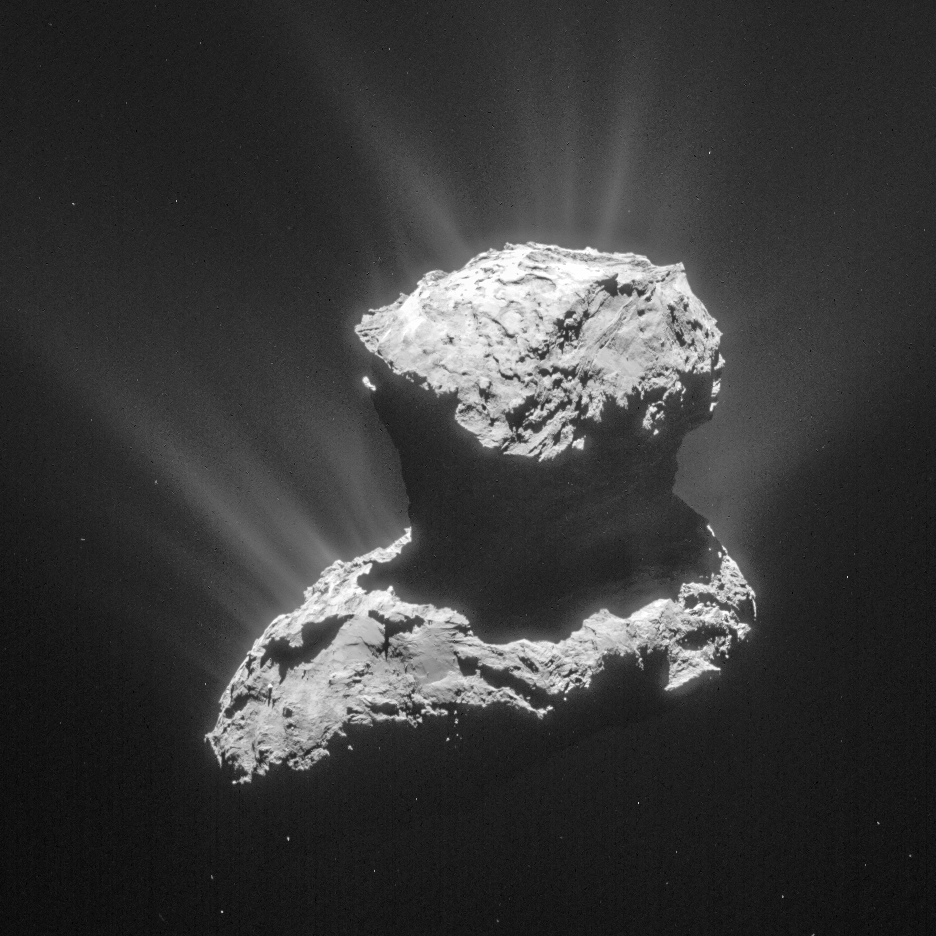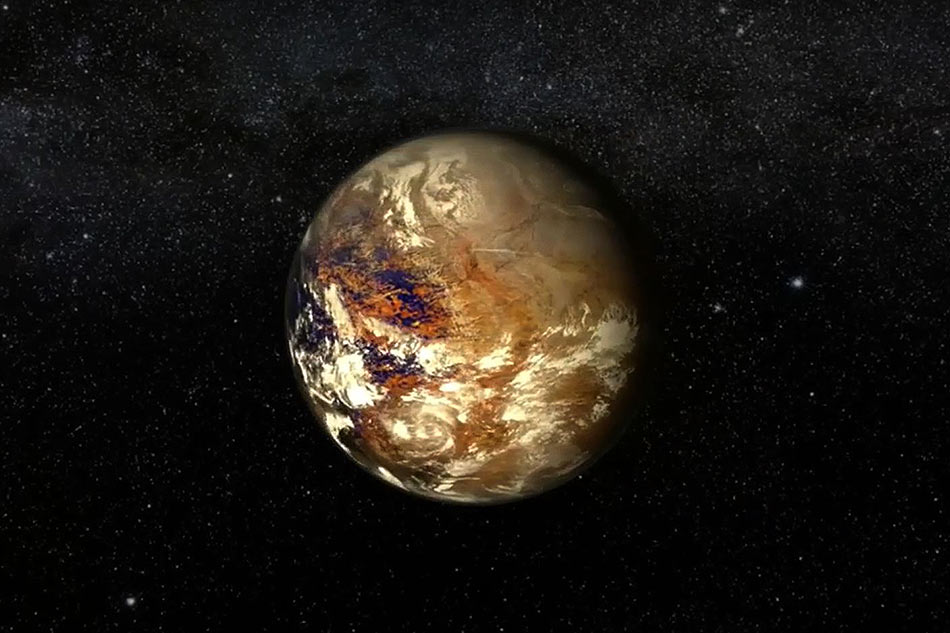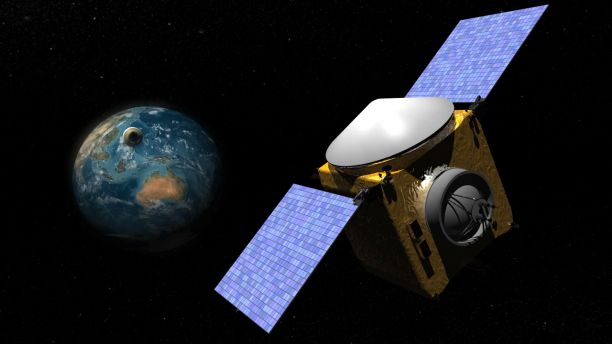Un equipo de investigadores del Instituto Salk, en EEUU, liderados por el español Juan Carlos Izpisúa, ha conseguido "dar la vuelta" a los efectos del envejecimiento en ratones y en células humanas, basándose en el funcionamiento de tan solo cuatro genes. En la investigación también han participado varios centros españoles.
El principal objetivo de este proyecto no se centra en revertir los aspectos del envejecimiento, sino más bien sus efectos a nivel interno, focalizándose a nivel celular y subcelular, en la búsqueda de los genes relacionados con el envejecimiento. El principal resultado en torno al cual el proyecto se está haciendo famoso es el tratamiento que se está aplicando en ratones con progeria, una enfermedad caracterizada por la aparición de los signos del envejecimiento a edades muy tempranas (en humanos a partir de los dos años de edad), lo que da lugar a una esperanza de vida de no más de 20 años. Al recibir el tratamiento, estos ratones consiguieron alargar su vida hasta un 30% más que aquellos ratones que no han recibido dicho tratamiento. Extrapolando esta cifra al período de vida humano, una persona con una esperanza de vida de 80 años sería capaz de alargar su vida unos 25 años más, aunque expresar estos resultados en humanos no es muy riguroso.
Dicho tratamiento se ha testado en órganos de los ratones como piel, músculos o páncreas, aumentando su capacidad de regeneración en ratones de edad avanzada, e incluso teniendo una capacidad equiparable a la de ratones jóvenes. Los científicos aseguran que estos efectos también se podrían dar en otros órganos del ratón, con lo que se podría mejorar bastante su calidad de vida. El cuerpo humano es mucho más complejo, por lo que estos resultados no podrían extrapolarse a humanos, con lo que se necesitaría experimentar con humanos para obtener resultados fiables.
El preparado utilizado por el equipo de Izpisúa no es una novedad: fue descubierto e ideado por el Nobel de Medicina Shinya Yamanaka, basándose en cuatro genes capaces de "reprogramar" cualquier célula, es decir, hacer que cualquier célula especializada en un determinado tejido (muscular, nervioso, adiposo, epitelial, de la sangre, conectivo, reproductiva...) pueda volver a convertirse en célula madre, siendo capaz de reconvertirse en otro tipo celular. Para la preparación de este cóctel se requiere aproximadamente un mes. En lo que el equipo de Izpisúa ha innovado ha sido precisamente en las últimas etapas de la preparación de dicho cóctel, reduciendo el tiempo de espera a tan solo unos cuatro días, y no solo en eso: han conseguido reprogramar las células sin dar lugar a ningún tipo de tumor, problema el cual ha sido el principal efecto secundario de la reprogramación celular desde sus inicios. La reprogramación fue realizada poco a poco, dos días a la semana, cada semana de vida del ratón.
Sin embargo, Izpisúa apunta que el equipo ha tenido bastante suerte en evitar la aparición de tumores, dado que es un proceso bastante complejo. Con tan solo la presencia de dos copias del mismo factor en el cóctel, se pueden generar una gran cantidad de tumores en diversos órganos. Todavía queda mucho trabajo por hacer en un tratamiento que en un futuro próximo podría suponer la cura para la progeria.
A team of of researchers from the Salk Institute, USA, led by the Spanish scientist Juan Carlos Izpisúa, has managed to "turn back" the effects of aging in mice and human cells, being based on the effects of just four genes. Some Spanish research centers have taken part in the research, too.
The main target of the project is not focused on reverting the aspect of aging, but the effects at an inner level, more specifically at a cellular and subcellular level in the search of the genes related to aging. The main result with which the project is becoming famous is the treatment which is being applied to mice suffering from progeria, a disease characterized for a very fast appearance of aging signs (in humans being just two years old) at a very early age, and with a very short lifetime (about 20 years in humans). When receiving the treatment, the mice were able to live a 30% more than mice which have not been treated. Extrapolating this result to humans, an average human with a life expectancy of 80 years would be able to live other 25 years more, although expressing these results in humans is not very reliable.
The tretment has been applied to different organs in old mice such as the skin, muscles or pancreas, increasing its regeneration ability, being comparable to the ability of regeneration of young mice. Scientists state that the same results could happen in other organs of the mice, so their life quality could be greatly enhanced. As the human body is much more complex, these results are not extrapolable to humans, so some experiments would have to be carried in humans in order to obtain reliable data.
The cocktail used by the team of Izpisúa is not a novelty: it was discovered and invented by the Medicine Nobel Prize-awarded Japanese scientist Shinya Yamanaka, being based on the "reprogramming" of any cell. Cell reprogramming consists in turining any cell (nervous, epithelial, fat cell, blood cell, connective, reproductive...) in a stem cell again, being able to be reconverted in any other cell type. All the process lasts a whole month. The main innovation has been precisely the time of reprogramming: just about four days, by stepping the last stages of preparation of the cocktail. But not only that: they have been able to reprogram cells without the appearance of any tumor, the main side effect of cell reprogramming until now. The process was made very slowly: the cells were just reprogrammed twice a week, every week of life of mice.
Nevertheless, Izpisúa states that they have been very lucky this time, due to the high complexity of the process. With just two copies of the same gene in the cocktail (two Yamanaka factors), a high quantity of tumors in diverse organs can appear. Lot of work has still to be done in a tretment that could mean in a few years the cure to progeria.
En la imagen, niños de corta edad con una apariencia anciana, afectados por progeria / In the image, kids with a very short age with an elderly appearance, affected by progeria.











